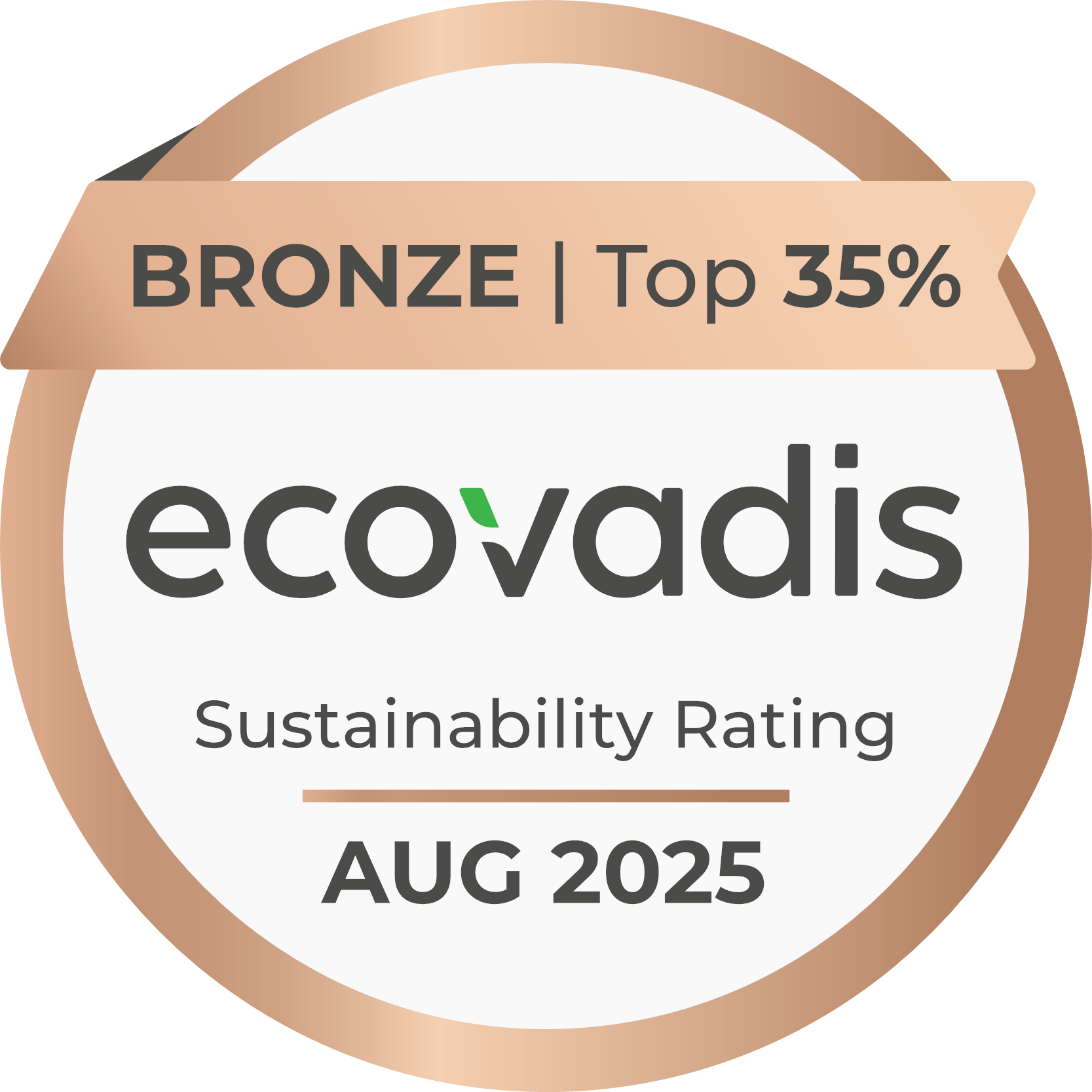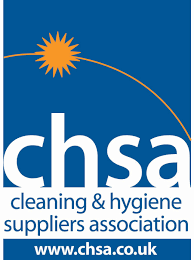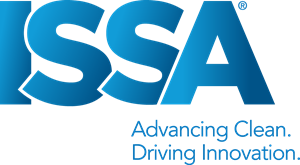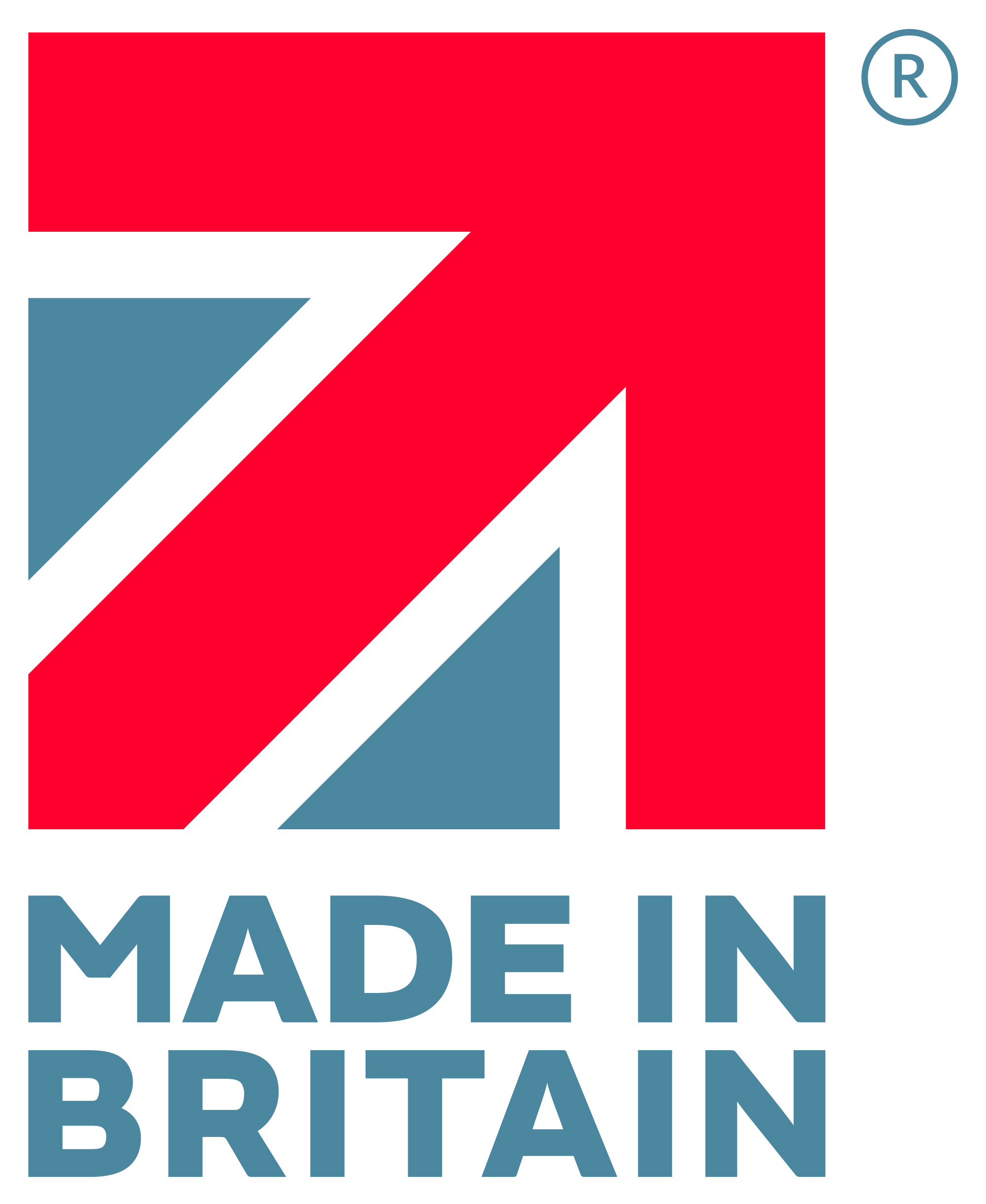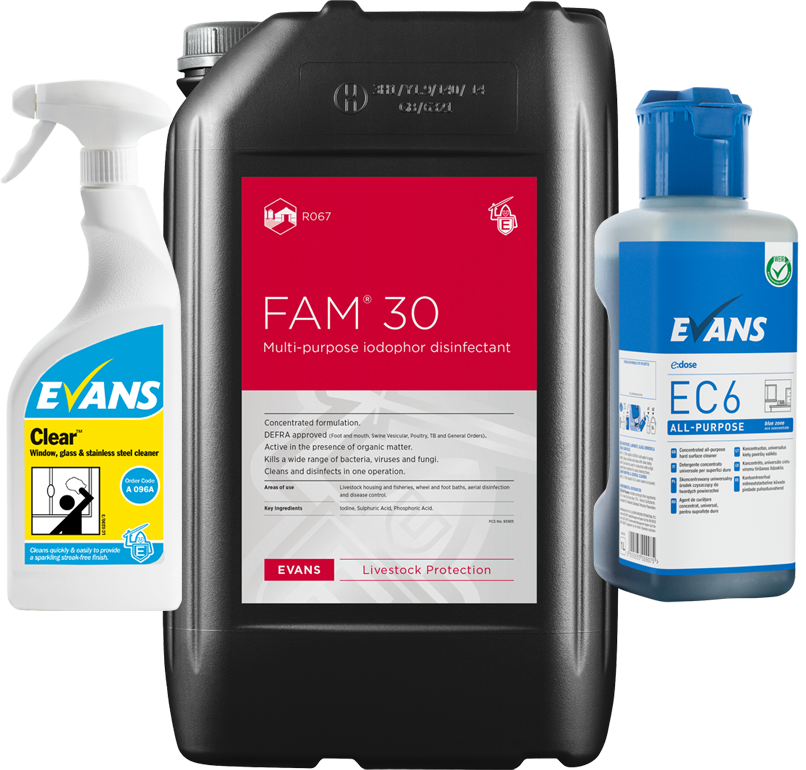10 December 2015
Practical advice on the best methods for cleaning properties affected by flooding.
Flooding is no longer a rare seasonal occurrence, it is unfortunately occurring throughout the year in many parts of the country. The Environment Agency and Local Authorities issue advice on dealing with flood damage and that advice includes the use of standard household products to clean and disinfect contaminated items and surfaces. This document expands on that information and offers practical advice on the best method.
If you are in a flood risk area it is recommended you register with the Environment Agency or Local Authority for advanced flood warnings.
GENERAL INFORMATION FOR DEALING WITH CONTAMINATION
In normal situations we would always recommend cleaning followed by disinfecting. However, where items and surfaces are, or are suspected of, being contaminated, it is important to disinfectant before cleaning in order to reduce the risk of spreading the contamination and also protect the operative. It will then be necessary to carry out a final disinfecting procedure.
- Floodwater is highly likely to contain a range of pathogenic organisms from sewers and animal waste which are a severe health risk, so good hygiene practice is important.
- It is essential to wear gloves and a facemask when cleaning contaminated surfaces.
- Do not use high-pressure washers as this can spread contamination to other surfaces and the cleaning operative.
- Dispose of used disinfectant to the drain and cloths or paper towels in general waste.
After gloves are removed wash hands with soap and clean water, if available, and dry thoroughly. The use of a suitable hand cleaning wipe may be used if water is not available. It is also advisable to use an alcohol based hand sanitiser after washing and drying to further reduce any possible contamination, this is particularly important when the water available for washing hands may not be of drinking quality.
Evans Handsan alcohol hand rub is a suitable product and has been tested and shown to be effective against a wide range of harmful micro-organisms (EN 1276, EN 1500).
KITCHEN SURFACES & EQUIPMENT
If the floodwater has come into contact with kitchen surfaces or equipment, apply a solution of disinfectant, such as Evans Est-eem or EC4 Sanitiser, and leave for at least 5 minutes. Small pieces of equipment should be soaked in a solution of Evans Est-eem or EC4 Sanitiser. Remove items from solution and thoroughly clean using disposable cloths and a good heavy-duty hard surface cleaner such as Evans Lift. Ensure that all surfaces are visibly clean; repeat the procedure if required.
Finally disinfect using Evans Est-eem or EC4 Sanitiser. Apply liberally, leave for at least 5 minutes and wipe with a clean cloth or paper towel. If the quality of the water for dilution is suspect or water is not available Est-eem and Lift are available as ready to use formulations in trigger spray bottles.
HARD FLOORS & WALLS
Laminate floors will most certainly be damaged by flood water whilst paintwork, vinyl, ceramic floor & wall tiles may be renovated by cleaning with a good hard surface cleaner such as Evans Lift or Evans Versatile, followed by application of a suitable disinfectant such as Evans Safe Zone (unperfumed) or Evans Protect (perfumed).
The areas should then be allowed to dry out to avoid possible mould and fungal growth, which can cause health problems and damage surfaces.
If malodours are a problem the use of a perfumed disinfectant cleaner such as Evans Protect followed by an application of Evans Odour Neutraliser will help.
CARPETS & SOFT FURNISHINGS
If carpets or suites can be rescued, the fabric and upholstery should be cleaned using a hot water extraction machine with the appropriate carpet and upholstery shampoo such as Evans Extract Pro. Dispose of used water from the machine to the drain, clean and disinfect the machine after use with Evans Safe Zone or Evans Protect. Professional carpet cleaning companies are readily available and should be contacted if help is required.
TOYS
Only attempt to clean and disinfect toys that have smooth accessible surfaces. Toys that have been soiled should be soaked in a solution of disinfectant such as Evans Safe Zone for at least 5 minutes before cleaning with a hard surface cleaner, such as Evans Versatile. If the toy cannot be soaked apply the disinfectant to all surfaces and leave for at least 5 minutes before cleaning as above. Ensure that all surfaces are visibly clean. Finally disinfect with a suitable disinfectant such as Evans Safe Zone or Evans Protect.
Soft toys should be machine washed at 60ºC and left to air dry.
If you have been a victim of flooding and need to discuss any cleaning and hygiene issues, please do not hesitate to contact us by telephone on 01772 322200 or e-mail:
sales@evansvanodine.co.uk








